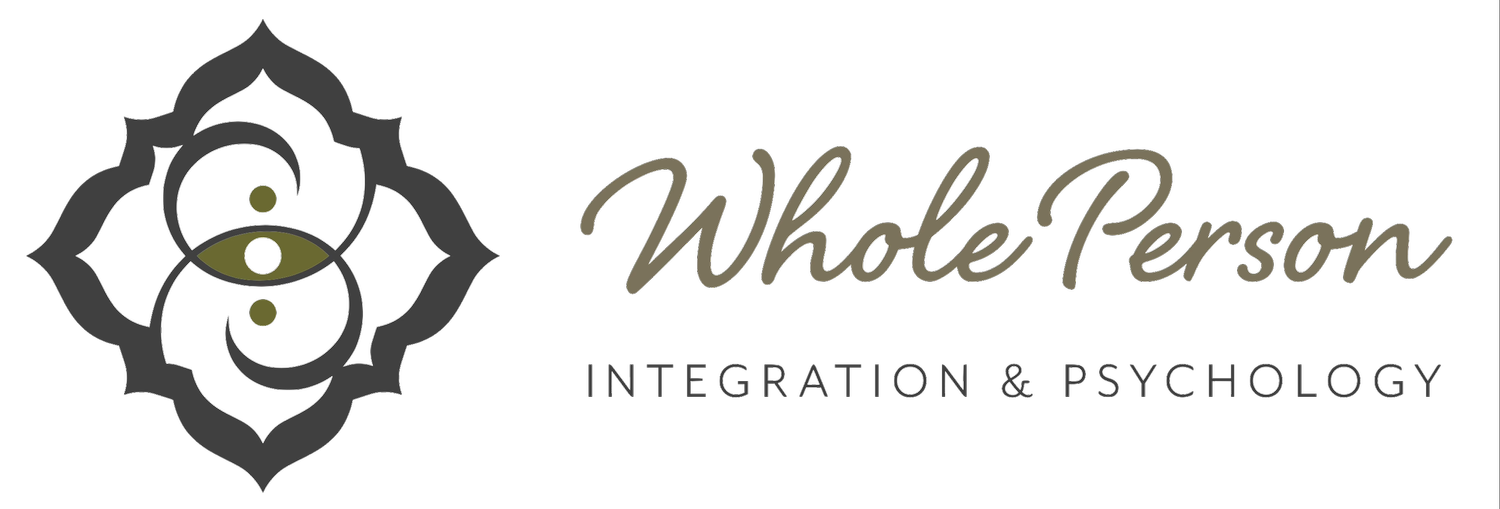Día de los Muertos, Cultural Humility, and the Sacred Practice of Honoring Our Dead
by Dr. Denise Renye
Every autumn, as leaves fall and the world shifts toward stillness, many cultures turn inward to reflect on death, memory, and lineage. Among these traditions, Día de los Muertos, or Day of the Dead, is a luminous celebration of remembrance. Rooted in Indigenous Mexican cosmology, it is not a spooky holiday or a morbid fascination with death. It is a profound ritual of connection, reverence, and love.
As Día de los Muertos enters mainstream awareness, it is often commodified and imitated without context. This raises a sacred question:
How do we honor the dead with integrity, without borrowing from a tradition that is not ours?
This is not a question for shame. It is an invitation into presence, respect, and responsibility. Death work, like healing work, asks for humility and awareness.
Día de los Muertos Is More Than an Aesthetic
At its heart, Día de los Muertos is a weaving:
• Between the living and the dead
• Between memory and embodiment
• Between grief and celebration
Families create ofrendas, or altars, filled with marigolds, candles, photographs, food, and objects loved by ancestors. It is believed the veil thins, and ancestors return not to haunt, but to be welcomed home.
This is a practice held in community and lineage. It is not a seasonal decoration, but a worldview that understands death as a continuation of connection.
Cultural Appropriation and Cultural Respect
Cultural appropriation occurs when sacred traditions, symbols, or practices are used without understanding or relationship. It often happens when people from dominant groups adopt elements from historically oppressed cultures.
Appropriation is more likely when:
• Sugar skull makeup is worn as a costume
• Ofrendas are copied without lineage, teachers, or cultural roots
• Art from Día de los Muertos is used as trendy decor
• Aesthetic is prioritized over cultural respect
A helpful question to ask is:
Am I participating in a tradition, or am I consuming it?
Ways to Honor the Dead from Your Own Lineage
You do not need to adopt traditions that are not yours in order to honor the dead. Many cultures around the world have rituals of remembrance. Some examples include:
• Samhain in Celtic traditions
• Obon in Japan
• Chuseok in Korea
• Yahrzeit candles and Yizkor prayers in Jewish tradition
• All Souls Day in Catholic traditions
• Slavic ancestor feasts
• African and Afro-diasporic ancestral reverence practices
If Día de los Muertos is not yours by culture or lineage, you can still honor this sacred season by tending to your own ancestral threads.
Consider:
• Creating your own remembrance altar
• Placing photos, flowers, candles, or meaningful objects
• Cooking a recipe of a loved one who has passed
• Visiting graves or places of memory
• Lighting a candle each evening and speaking a name
• Writing a letter to an ancestor
• Sitting in quiet gratitude and reflection
Grief is not separate from love. To honor the dead is to honor the life that made us.
For Those With Complicated Ancestry or Family Trauma
Healing asks for tenderness and discernment. Not everyone can, or wants to, honor family members who hurt them. You can choose instead to honor:
• Specific ancestors who lived with integrity
• Ancestors far back in your lineage who endured so you could exist
• Chosen family
• Teachers and healers
• Artists and activists who shaped you
• Loved animals who accompanied you through life
You may also honor your inner child, who survived and continues to grow.
Ritual belongs to you. You do not need to borrow from another culture to be in relationship with remembrance.
An Embodied Practice for Ancestral Connection
1. Sit or stand with your feet supported by the ground.
2. Place one hand on your heart or belly.
3. Breathe slowly and feel yourself held by gravity.
4. Softly say:
I honor those who came before me, known and unknown, who lived so I could live.
5. Allow any sensations, images, or emotions to arise.
6. Offer gratitude, or quiet presence.
There is no perfect way to honor memory. Being present is enough.
This season asks us to move slowly, to listen deeply, and to respect what is sacred to others and sacred in our own lineage. It is an invitation to shift from consumption to connection, and from imitation to rootedness.
When we honor the dead consciously, we strengthen our relationship to life.
May this season remind us of the truth that love continues.
May our remembrance be humble, sincere, and embodied.
May we honor, without taking.
Life is sacred.
Death is sacred.
We are the bridge.

